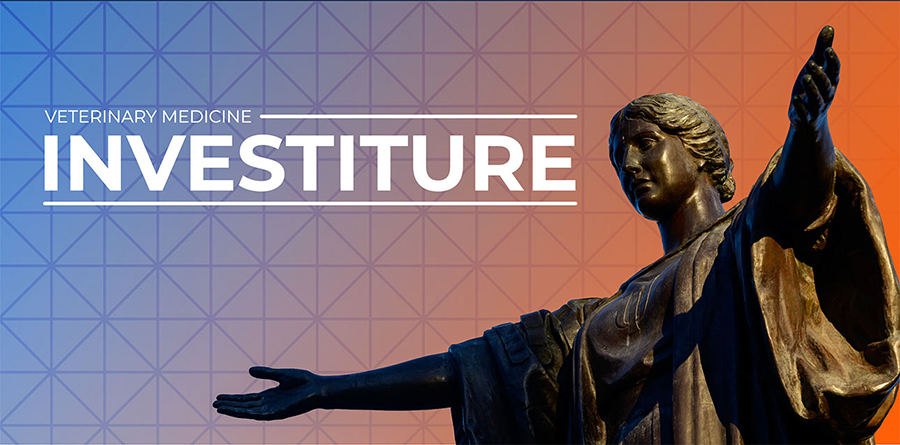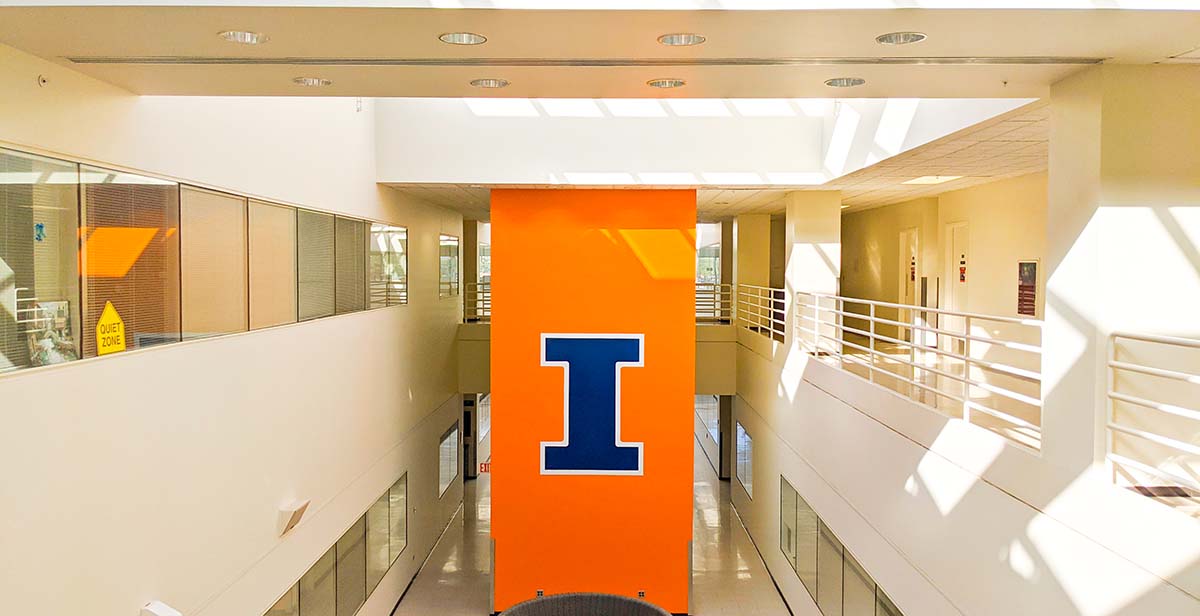Navicular syndrome is a common condition, but it is not simple or straightforward. To better understand why it seems like one treatment works great for one horse and marginally for another, it is important to understand a little bit of the history of navicular syndrome, the anatomy that is involved, and available treatment options.
Different Names for One Condition
Navicular syndrome, navicular disease, and caudal heel pain are all referencing the same condition. Veterinarians have moved away from calling it navicular disease because disease means there is one problem, where syndrome means there are multiple or varying problems.
We now know that this condition has many components and it varies from horse to horse, so navicular syndrome is a more accurate description of what we are treating. It is often referenced as caudal heel pain as well to describe the location of the lameness; “caudal” meaning the back of the foot, and “heel pain” because that is the generalized area of the lameness.
Navicular Apparatus Structures
Years ago, before advanced imaging such as MRI became more commonplace in the horse community, radiographs were our main imaging tool. A horse would present with a front limb lameness. The lameness would be localized to the foot. Radiographs taken of the foot showed degenerative changes in the navicular bone, and the horse was diagnosed with navicular disease.
Today we know that navicular syndrome is much more complex. The navicular apparatus is made up of five structures:![[diagram of navicular apparatus]](https://vetmed.illinois.edu/wp-content/uploads/2021/04/naviculargif.gif)
- The navicular bone
- The deep digital flexor tendon (DDFT) that glides down the back of the leg, over the navicular bone and then attaches to the coffin bone, or P3
- The navicular bursa, that acts as a cushion in between the navicular bone and the DDFT
- The collateral sesamoidean ligament (CSL), that attaches the navicular bone to the short pastern bone, or P2
- The collateral sesamoidean impar ligament (CSIL), that attaches the navicular bone to the coffin bone, or P3
Of all of these structures, the only one we can see on radiographs is the navicular bone. The rest are soft tissue structures that are not able to be evaluated with radiographs. To evaluate soft tissue structures, an ultrasound or MRI is needed.
Unfortunately, the hoof capsule prevents us from being able to ultrasound within the hoof, which means an MRI is the only option. This is why you often hear veterinarians say that the “gold standard” for diagnosing navicular syndrome is an MRI. It is the only imaging option we have to thoroughly evaluate the bony and soft tissue structures within the hoof.
A Complex Syndrome
As equine MRIs have become more common, we have been able to learn a lot about the different types of injuries that make up navicular syndrome. A study looking at 72 horses that underwent MRI for recent onset of navicular syndrome but without abnormalities detected on radiographs found the following:
- 62 horses (86%): abnormalities in the navicular bone
- 32 horses (44%): pathologic changes of the DDFT
- 54 horses (75%): pathologic changes of the CSL
- 26 horses (36%): pathologic changes of the DSIL
- 13 horses (18%): pathologic changes to multiple structures where the primary abnormality could not be determined
From studies like the one described above, we now understand that “navicular syndrome” comes in many different forms. Again, each horse is different in the severity and type of injuries present. Therefore, one specific treatment will not help all horses.
Treatment for Navicular Syndrome
Among the common treatment options for navicular syndrome are:
![[Dr. Lori Madsen performs a lameness exam on a horse]](https://vetmed.illinois.edu/wp-content/uploads/2021/04/madsen-navicular.jpg)
- injecting the coffin joint and/or navicular bursa with corticosteroids to reduce inflammation;
- long-term pain medication such as Equioxx to minimize inflammation;
- a bisphosphonate such as Osphos;
- corrective shoeing.
It seems that some horses respond really well to one treatment, and other horses do not. This is often a significant source of frustration for the owner. And while I understand the frustration, the owner should remember that navicular syndrome differs widely from horse to horse in the type and extent of the injury.
One Size Does Not Fit All
As an example, I often hear clients requesting a certain shoe to their farrier because it helped another horse that they knew with navicular syndrome. If that shoe ultimately does not help their horse, the client becomes very frustrated. And again, while I understand the client’s frustration, it is important to keep in mind that those two horses could have different soft tissue injuries, so the shoe that helped one horse may not be appropriate for the other horse.
It is also important to take into account the horse’s job or other conformation variables. A shoe that helps a western pleasure horse may be a hinderance for a barrel horse. A horse that has always had sheared heels and is recently diagnosed with navicular syndrome, has to be shod to address two issues now. You cannot just ignore the sheared heels.
Similarly, bisphosphonates such as Osphos work on bone. Therefore, the horse with bony changes and considerable soft tissue injuries may not benefit from Osphos as much as the horse that has mostly bony changes and minimal soft tissue injuries.
In closing, remember that navicular syndrome, while common, is neither simple nor straightforward. No two horses have the same navicular syndrome, and as a result, each horse will respond differently to treatment options. To fully understand the components that make up a horse’s condition, your veterinarian will require an MRI that provides a closer look at all of the structures involved. Treatment options need to be selected on the basis of the injuries identified, the horse’s use, and additional conformation unique to the horse.
By Lori Madsen, DVM
Reference:
Sampson SN, Schneider RK, Gavin PR, Ho CP, Tucker RL, Charles EM. Magnetic resonance imaging findings in horses with recent onset navicular syndrome but without radiographic abnormalities. Vet Radiol Ultrasound. 2009;50(4):339-346. doi:10.1111/j.1740-8261.2009.01547.x

![[horse's hooves]](https://vetmed.illinois.edu/wp-content/uploads/2021/04/madsen-hooves.jpg)


